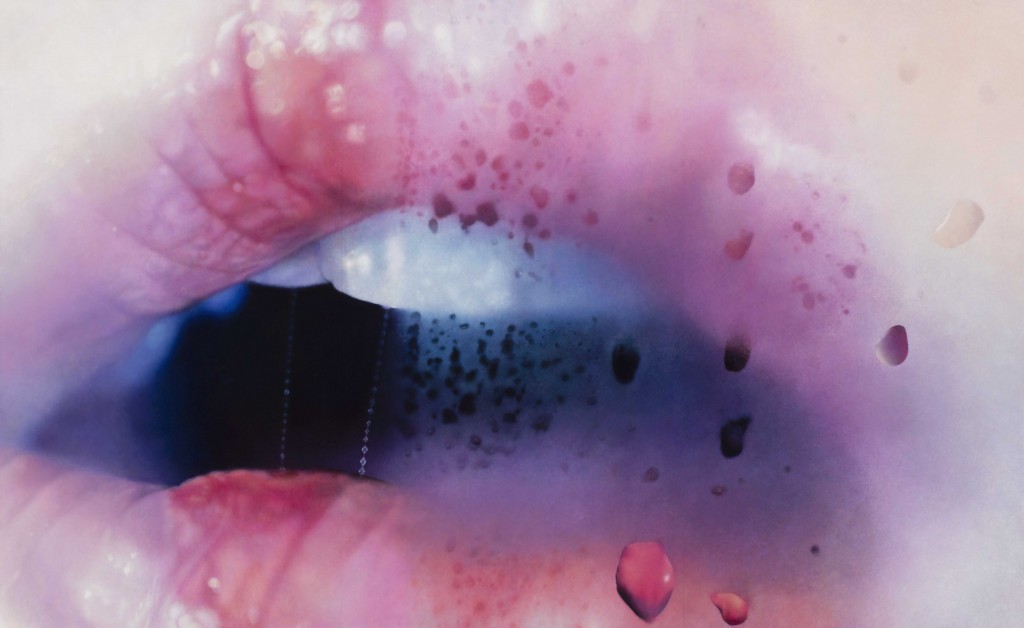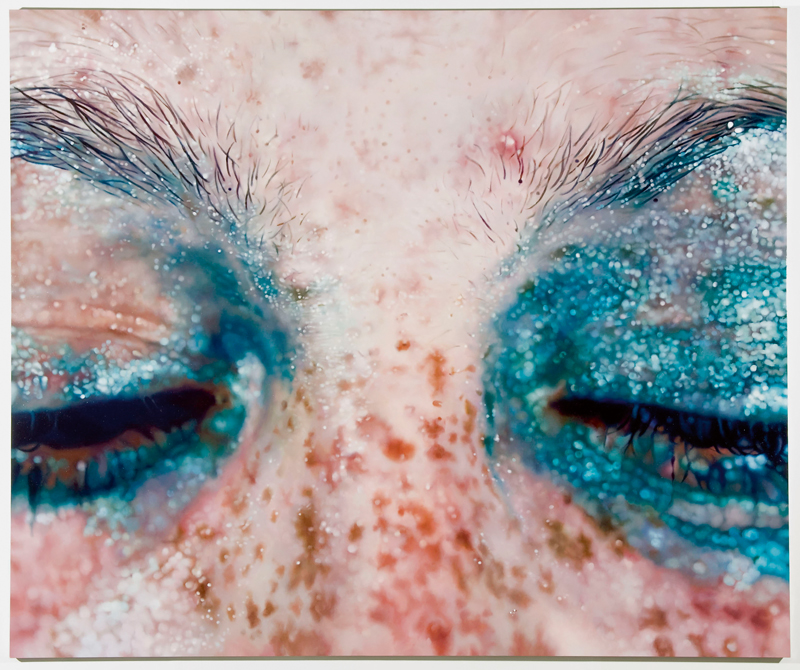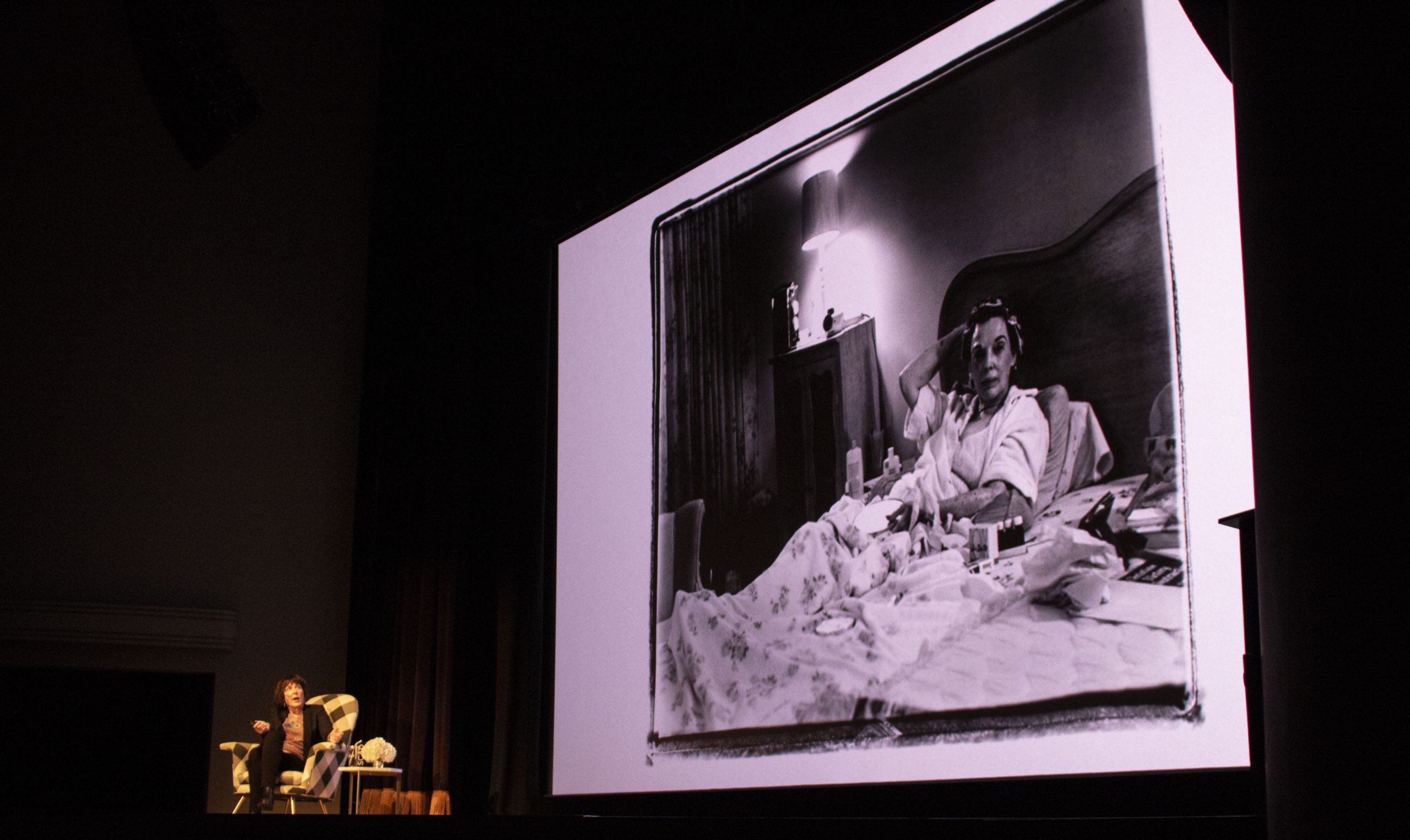Marilyn Minter’s character resembles that of her work—raw, honest and unapologetically female. Her distinct creations take a divergent perspective on sexuality tied to the inevitable imperfection of humanity.
Minter began drawing at the age of five, sourcing images from comics as a beacon of inspiration. Her knack for art struck at a particular moment with her friends at Girlscout Camp. “We were sitting outside drawing in our sketchbooks.The Brownie character I drew was much better than theirs, and that’s how I knew.”
Following her epiphany at camp, Minter applied to the University of Florida with a major in photography. When the change arose, she would dapple with paint and other forms of mixed media through curiosity. She jumped on the trends of the decade; realism in the ‘70s, taking an interest in the boom of expressionism years later. While Minter didn’t challenge the trending techniques of the industry, her concepts broke the unspoken rules followed by artists around her.
Ensuing a breakup with artist-turned-boyfriend, Minter revamped her work style. She had discovered the enamel medium, which she started playing with through varying subject matter. In this transitional period of her life, she fled from the invisible barrier of society’s stiff comfort-zone.

Confrontation with reality became a game of chance. Her next gallery exhibit would revolutionize industry standards across the nation. After a year of laborious work, her 100 Food Porn advertisement aired during a 30 second intermission from the David Letterman Show. Judging from the title, it’s logical to imagine the controversy which would ensue. A large percentage of spectators were disgusted by the advertisement’s deliberate provocation on the subject of sensuality, deeming it “tasteless” and “crude.”
The intent of the exhibit was to abstract the concept of porn from a woman’s perspective, while blurring the lines just enough by social standard. Afterall, “the eye craves what it doesn’t see.”
It was around this time that several galleries Minter had connected with seemingly dropped the exhibit upon wind of the advertisement’s unfavorable feedback. “It was not a good time for me. I destroyed my work with an acid wash because I was so angry.” Fortunately, the public’s disgust wouldn’t deter her; the exhibit’s reaction only pushed her motive further into action.
In a 2009 project, time between shoots for a MAC cosmetics line birthed one of Minter’s most recognisable and respected collections of work. The Pretty/Dirty exhibit features saturated enamel paintings, oozing sensuality and lust through distinct hyper-realism. While MAC was less than thrilled with her deviation from set, the exhibit became an acclaimed success around the world. Later that year, MOMA bought Green Pink Caviar, an eight minute video of process footage from Pretty/Dirty as an on-site installation piece.

Following Minter’s keynote speech last Wednesday, many students were left wondering, “How on earth does she conceptualize her content?”
“Most ideas,” she explains, “come from taking walks or sitting at home in the bathtub.”
Pretty/Dirty was inspired by a stranger’s printed tote, depicting a tongue dipped with yellow paint. A poster of children playing in the mud inspired the four minute performance video, Playpen, in which a child splashed around a puddle of a mercury-esque substance.
When it comes to the basis of creation, “you can’t think yourself into action, but you can always act your way into thought.”
Words by Anna Vescovi
Images: Abi Dannheim

